In the realm of typography, the Minion Font stands as a quintessential example of digital type design, characterized by its elegant serif structure and versatile application across various media. Developed by Adobe Systems, this typeface exemplifies meticulous craftsmanship, harmonizing classic proportions with contemporary aesthetics. Its legibility and refined curves make it a favored choice among graphic designers and typographers alike, facilitating a seamless integration into both print and digital formats. As we delve deeper into the intricacies of the Minion Font, we uncover not only its historical significance but also its impact on modern design practices—join us as we explore its fascinating evolution and diverse applications.
Unlocking Creativity With The Minion Font: A Guide
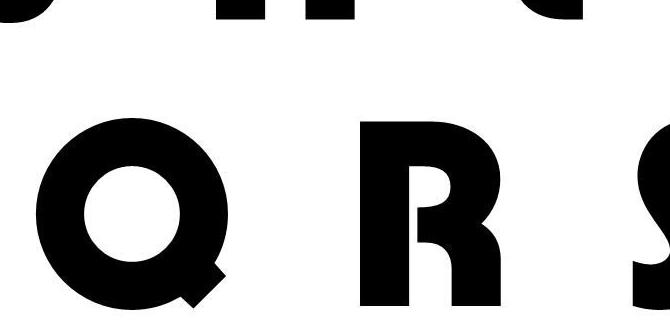
Historical Significance of Minion Font
Development and release timeline. Influence on contemporary typography. Popular uses in print and digital media.
The Minion font has a rich history that shaped modern type. It was developed in 1990 by Robert Slimbach for Adobe. This font quickly gained popularity due to its clear, readable style.
It has influenced many contemporary designs, especially for educational materials and children’s books.
- Development: Created by Robert Slimbach in 1990 for Adobe.
- Influence: Inspired modern typography with its elegant design.
- Usage: Widely used in print media, websites, and advertising.
The Minion font continues to be a favorite in various digital formats, showing its lasting impact on the design world.
Characteristics of Minion Font
Description of its structural elements. Variants and weights available. Comparison with other serif fonts.
The Minion Font features elegant and clear structural elements, making it easy to read. Its strong serifs enhance legibility in both print and digital forms. Variants include regular, italic, bold, and bold italic, offering versatility for designers.
You can choose from multiple weights, ranging from light to black. Compared to other serif fonts, Minion Font stands out for its warmth and readability, making it a popular choice among writers and publishers.
- Strong and defined serifs.
- Multiple styles: regular, italic, bold, bold italic.
- Various weights: light to black.
- Warm and inviting design.
Applications of Minion Font
Usage in book publishing and academic texts. Role in branding and corporate identities. Example case studies of successful implementations.
The Minion font offers versatility in various fields. It is widely used in book publishing and academic texts due to its clear readability. Many authors prefer it for its elegant charm. Companies also use this font to define their branding and corporate identities.
It helps create a professional image that stands out. Successful case studies include:
- A leading publishing house using Minion for bestsellers.
- A tech company enhancing its brand with Minion in marketing materials.
- An academic journal adopting Minion for its research papers.
How to Use Minion Font in Design Projects
Guidelines for pairing with other fonts. Tips for effective sizing and spacing. Recommended software for accessing Minion Font.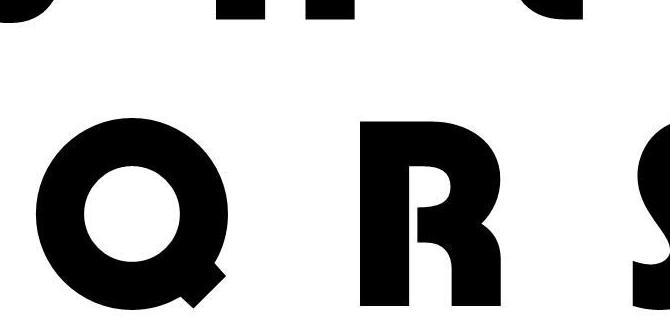
Using Minion Font in design projects can create a unique look. Pair it with simpler fonts like Arial or Helvetica for a balanced feel. Effective sizing is crucial; use larger sizes for headings and smaller for body text.
Maintain even spacing for readability.
- Choose complementary fonts for a harmonious design.
- Test different sizes to find the best combination.
- Maintain consistent spacing between letters and lines.
Popular software for accessing Minion Font includes Adobe Illustrator and Microsoft Word. Explore these options to enhance your designs!
Accessibility and Licensing of Minion Font
Information on font licensing types. How to legally obtain Minion Font. Accessibility considerations for web usage.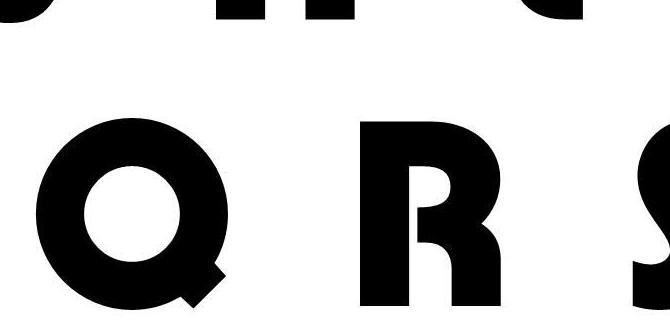
The Minion Font is available under specific licensing types, making it important to choose the right one. Users can obtain it legally through various methods. Here’s how:
- Purchase from a trusted font retailer.
- Access through subscription services that include it in their library.
- Check for special academic or non-profit licenses if applicable.
For web usage, consider accessibility. Ensure that the font is easy to read on all devices.
This helps everyone enjoy your content, including those with visual impairments.
Alternatives to Minion Font
Comparison with similar serif typefaces. Pros and cons of using alternatives. Scenarios for selecting a different font.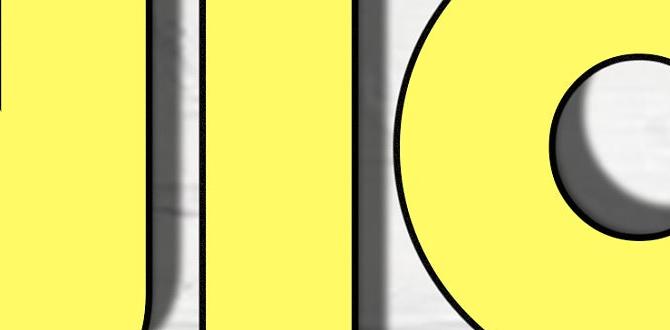
Many similar serif typefaces can be good alternatives to Minion Font. These fonts share traits but have unique styles. Some of these are Garamond, Baskerville, and Times New Roman.
- Garamond: Elegant and easy to read, great for books.
- Baskerville: Has a classic look, perfect for formal documents.
- Times New Roman: Commonly used in academic writing.
Each alternative has pros and cons.
For instance, Garamond is stylish but may be less readable in small sizes. Choose a different font when a project needs a specific tone, like playful or modern. Always consider your audience and purpose to select the best option.
Future of Minion Font in Typography
Trends influencing the evolution of serif fonts. Predictions for usage in the next decade. Ongoing relevance in design education.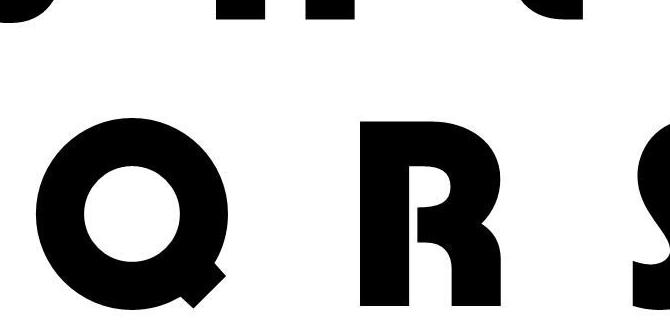
The world of typography is always changing. Trends show that serif fonts, like the Minion Font, are becoming popular again. In the next decade, we can expect these fonts to appear more in digital and print media. Designers will look for fonts that enhance readability while adding personality to their work.
Also, design education will continue to teach about these fonts, ensuring they remain relevant. Here are some key trends influencing this evolution:
- Increased focus on digital design
- Growing appreciation for classic styles
- Emphasis on personalization in branding
Conclusion
In conclusion, the Minion Font stands out as a versatile typeface that seamlessly blends classic elegance with modern readability. Its rich history and exquisite design make it a favorite among designers and typographers alike. Whether for print or digital media, Minion Font enhances any project, proving that timeless fonts continue to play a crucial role in effective communication.
FAQs
What Are The Key Characteristics Of The Minion Font, And How Do They Contribute To Its Readability?The Minion font features a classical serif design with a moderate x-height, well-defined strokes, and balanced proportions, all of which enhance its readability by creating clear letterforms and good spacing between characters. Its elegant style makes it suitable for both print and digital media, maintaining legibility in various sizes.
In Which Design Contexts Is The Minion Font Typically Used, And Why Is It Favored By Designers?The Minion font is typically used in print design contexts such as books, magazines, and academic publications due to its classical serif style and high readability. Designers favor it for its elegance, versatility, and ability to convey a sense of tradition and professionalism.
How Does The Minion Font Compare To Other Serif Fonts In Terms Of Aesthetic And Functionality?The Minion font, known for its elegance and readability, offers a classic yet contemporary aesthetic that distinguishes it from more traditional serif fonts; its versatility makes it suitable for both print and digital applications, enhancing its functionality across various media.
What Are The Different Styles And Weights Available Within The Minion Font Family?The Minion font family includes various styles such as Regular, Italic, Bold, and Bold Italic, along with weights like Light, Semibold, and Black, providing versatility for different design needs. Additionally, it offers support for small caps and additional typographic features.
Who Is The Designer Of The Minion Font, And What Influences Shaped Its Creation?The Minion font was designed by Robert Slimbach and released by Adobe in 1990. Its creation was influenced by the proportions and aesthetics of classic serif typefaces, drawing inspiration from Renaissance-era fonts with a focus on readability and elegance.
